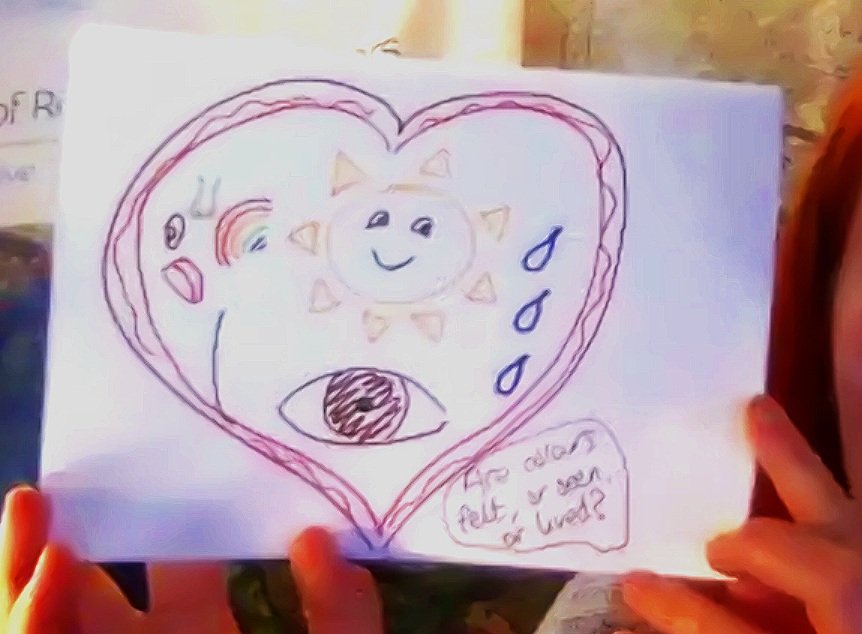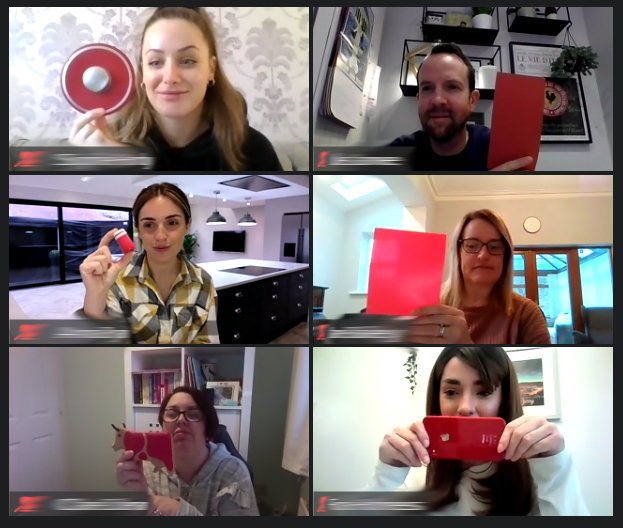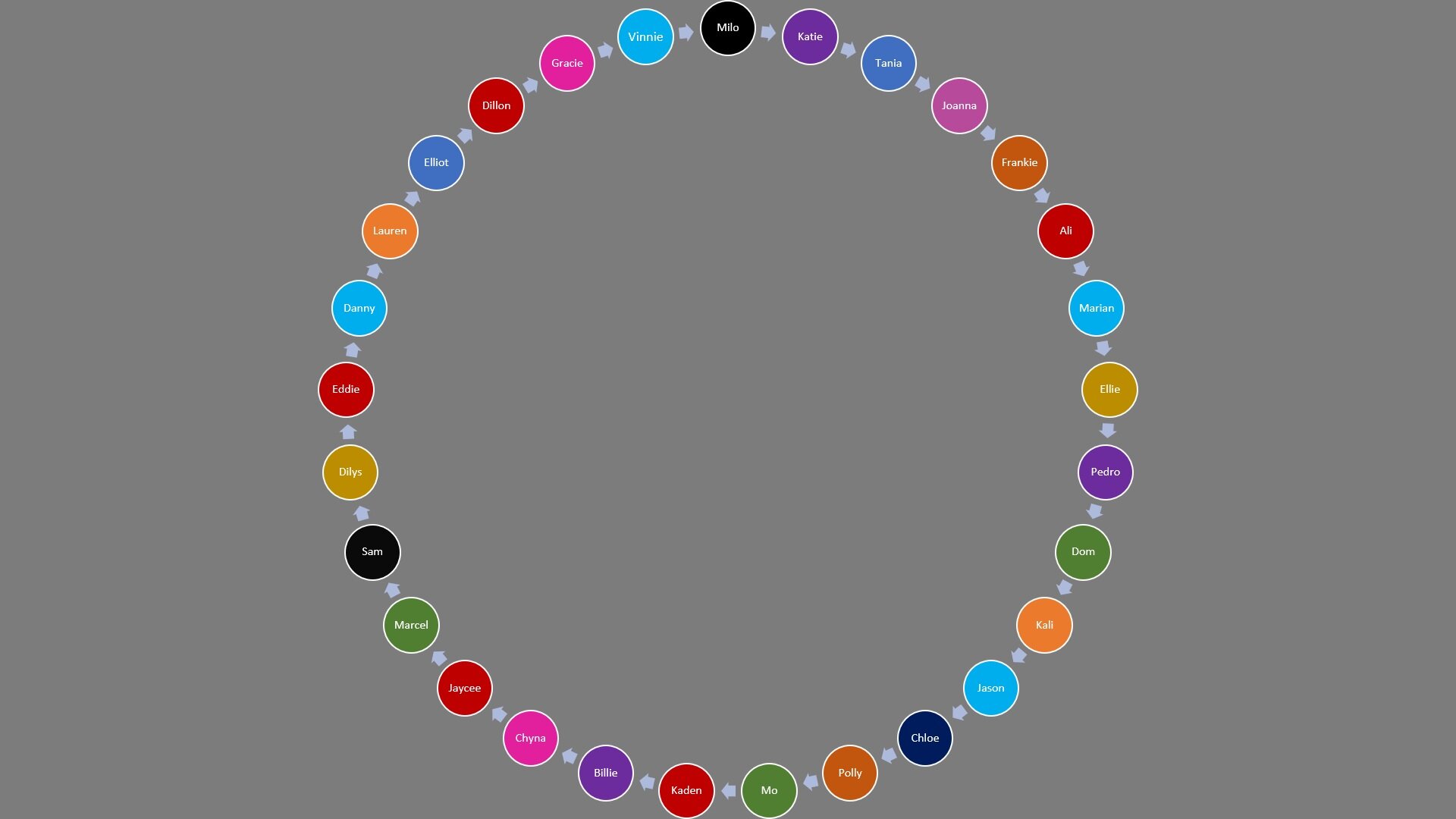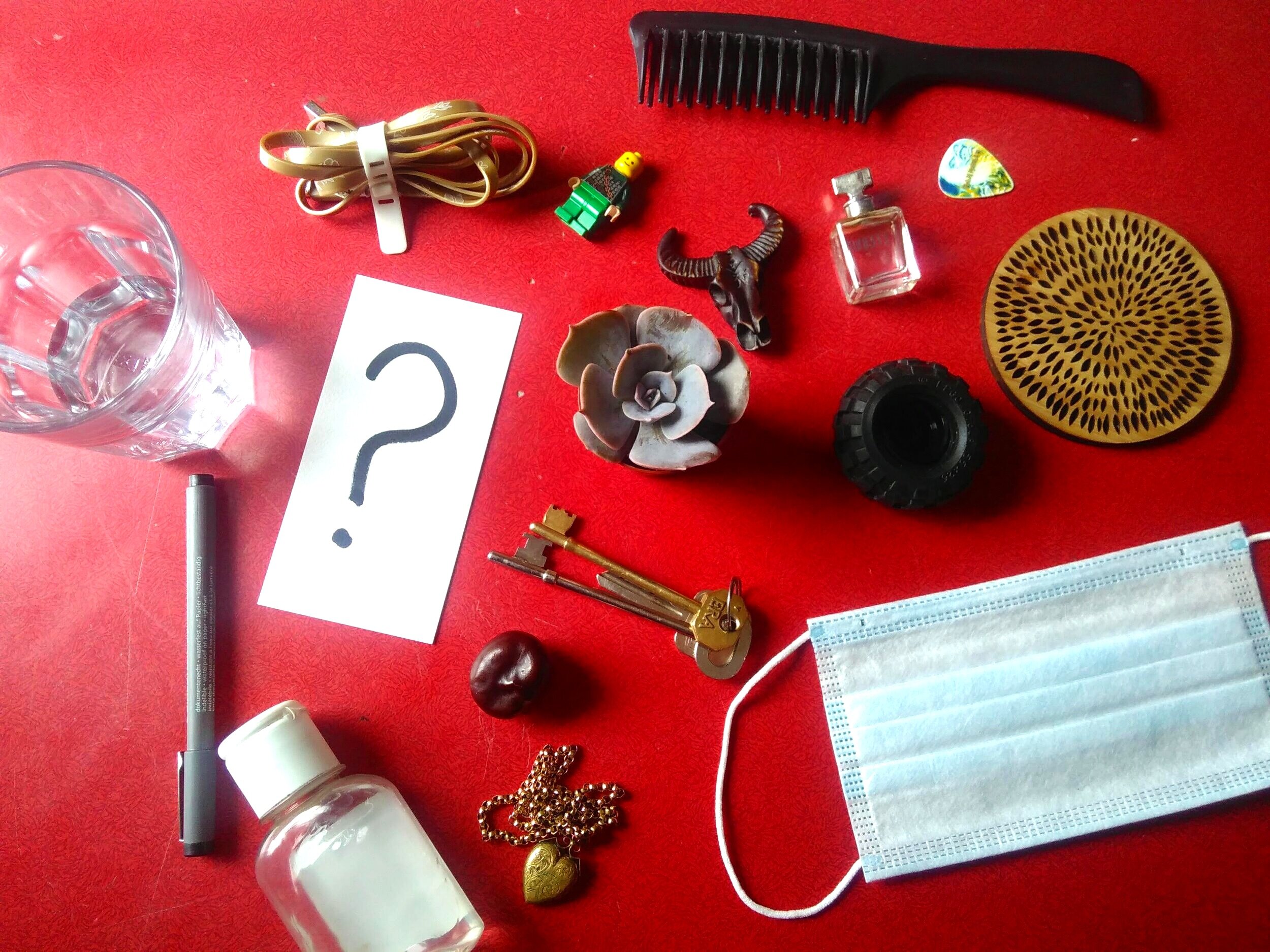A school I was working with recently shared their talk hand signals with me:
Fingers wiggling – I agree
Closed hand – I disagree
Two hands forming an ‘open mouth’ shape – I have something to say
Particularly useful in live online lessons, hand signals such as these can get you away from that feeling of talking to a silent wall of faces.



The final instalment of my tips for making online sessions more engaging
A physical, fun game that can be played face-to-face or virtually
Another simple way to increase interaction and develop pupil talk
Community-building activities which are good for wellbeing as well as vocabulary development
A structure to allow all students to participate, even if sitting in a real circle isn’t an option right now.
Get students thinking and talking with a game that only takes moments to set up.









